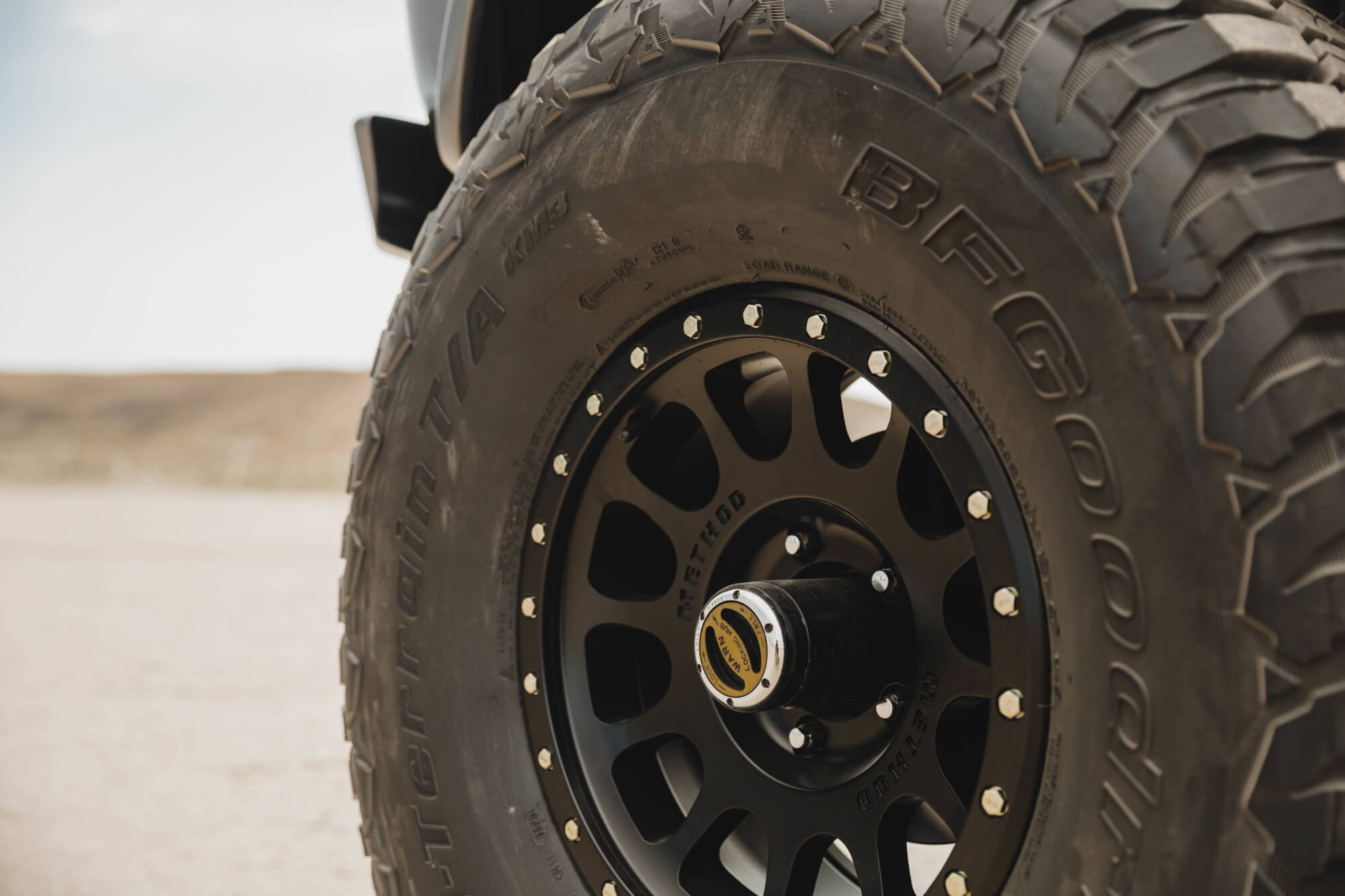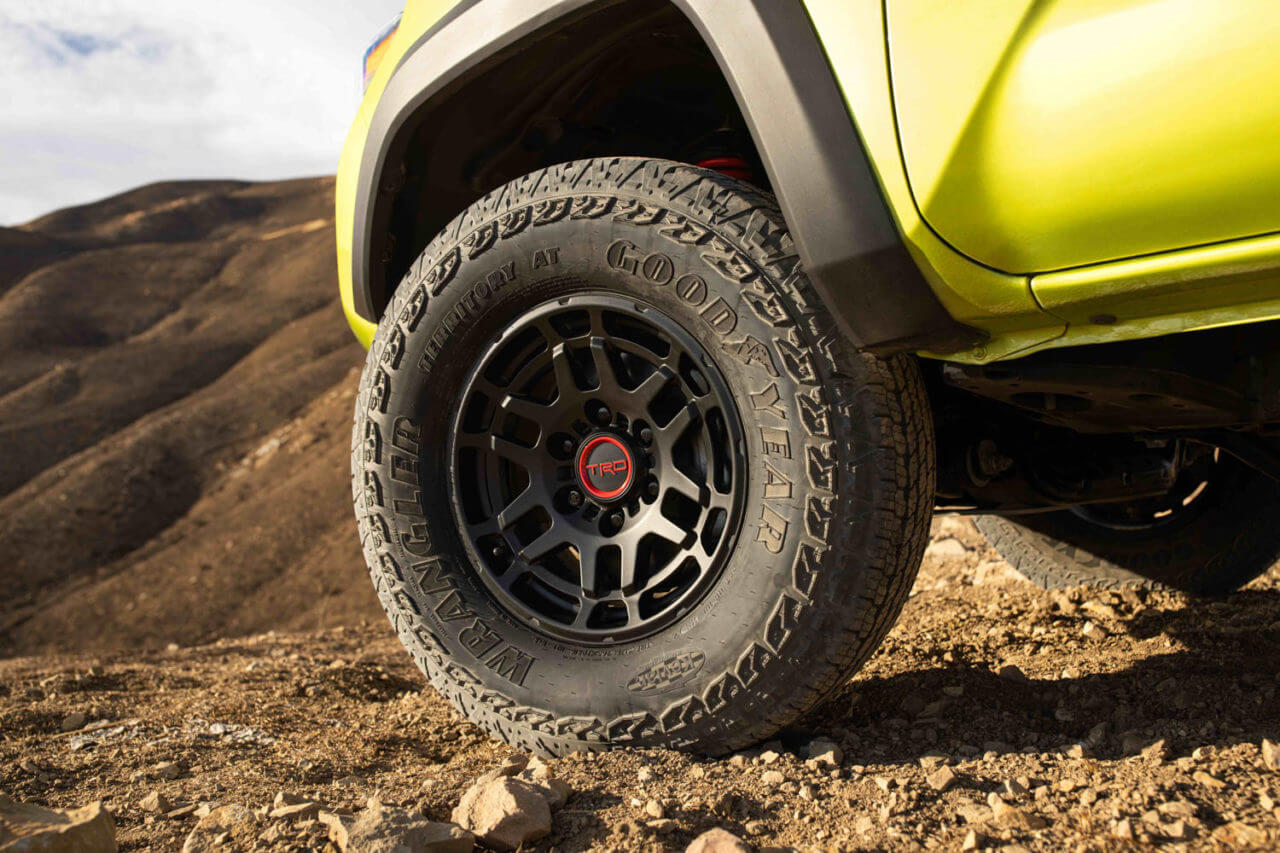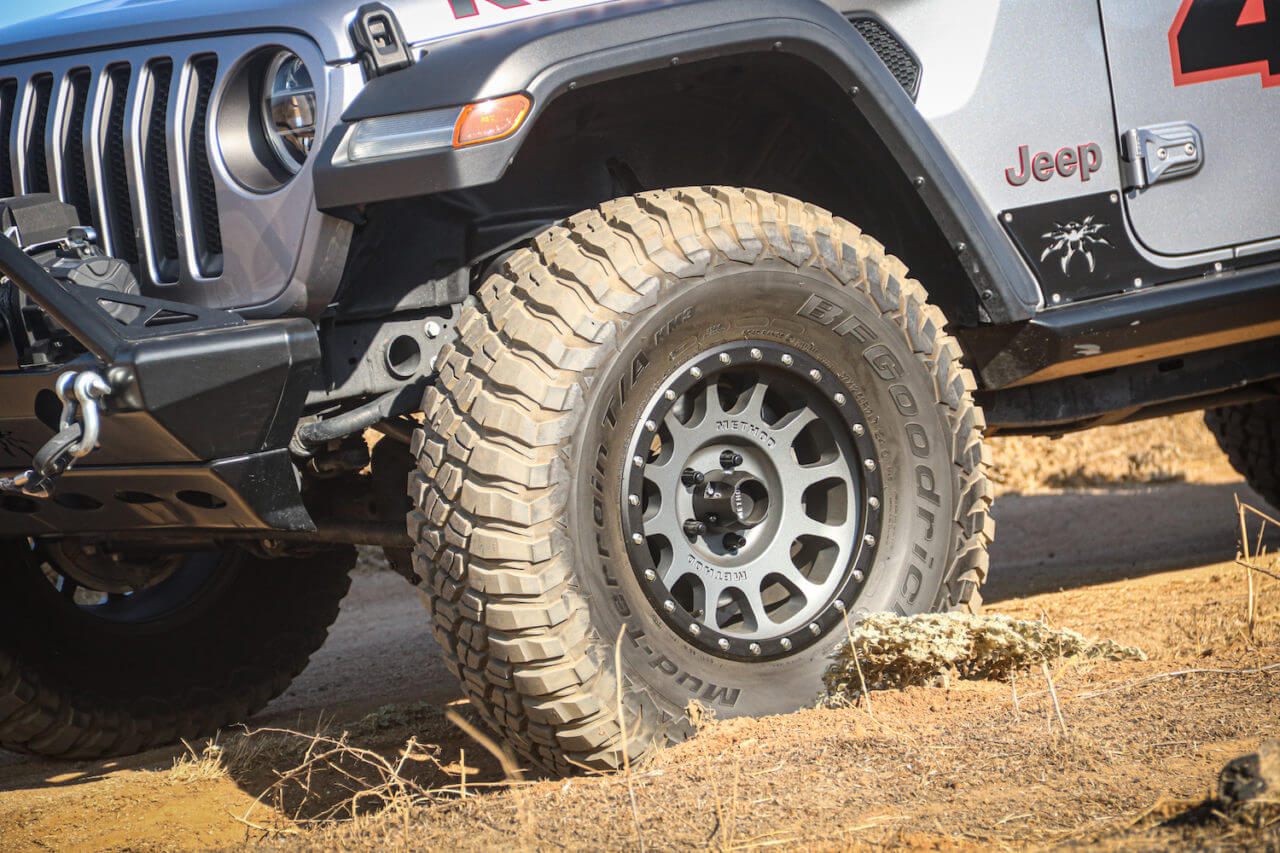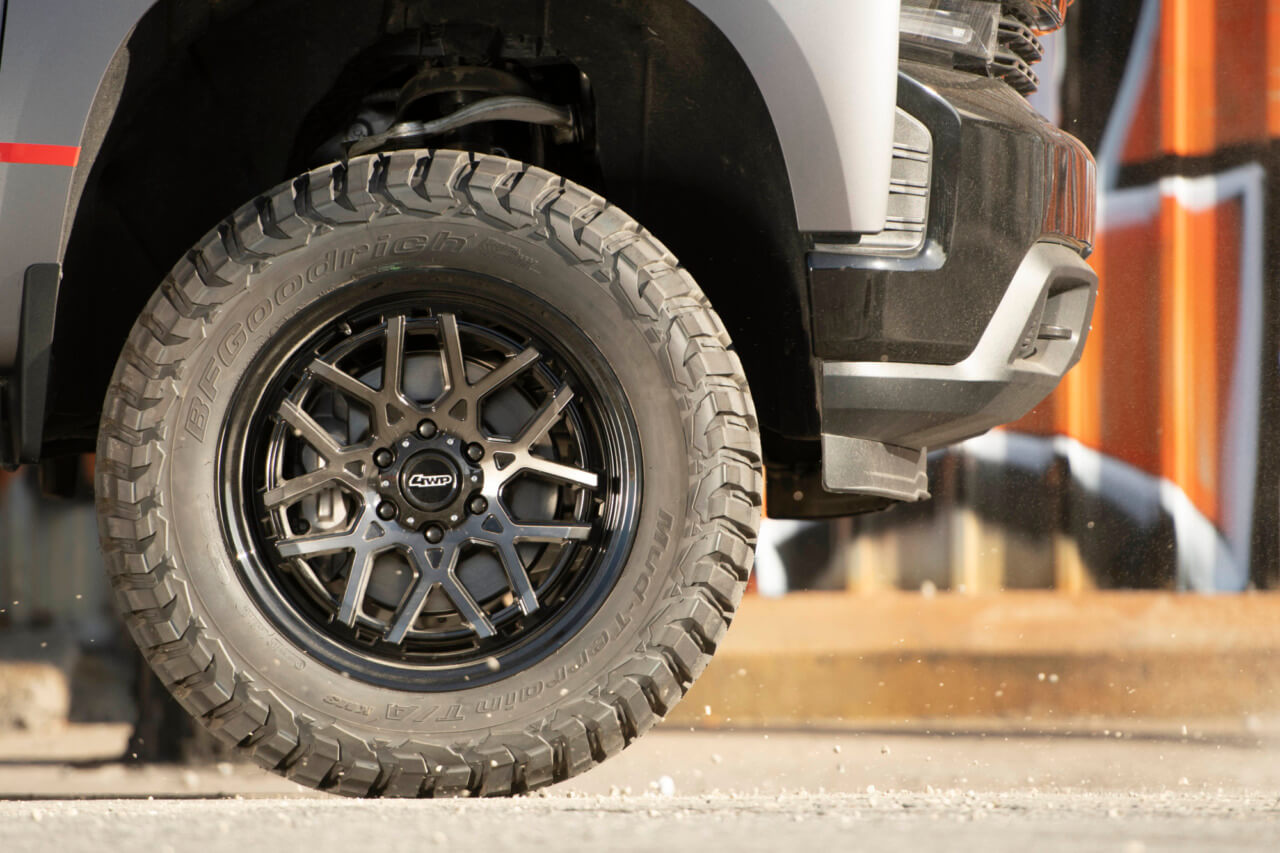
Your vehicle’s wheels and tires play a crucial role when it comes to road safety and performance. Together, they provide the necessary traction needed when accelerating, braking, and steering, but they also help to absorb road vibrations and shocks, thus providing a smoother ride.
Choosing the right wheels and tires for your vehicle can be a challenging task, especially with so many options widely available on the market. There are several things to consider before buying wheels or tires, and you don’t want to rush it and make a costly mistake.
In this article, we’ll discuss how to select the right wheels and tires for your specific vehicle make and model, as well as what to look out for when making a purchase. We’ll cover important factors such as tire size, tread patterns, tire ratings, tire recommendations, and load capacity. We’ll also go over how to properly maintain your wheels and tires to ensure they last as long as possible.
Whether you use your vehicle as a daily driver, a weekend fun car, or a dedicated off-road rig, this article will explain wheels and tire combinations in great detail, giving you everything you need to know so that you can make an informed purchase decision.

Important Factors to Consider When Buying New Tires
When it comes to buying brand-new tires, there are several important things you need to consider. Because the tires connect your vehicle to the road, they affect many aspects of the car, including how it handles and behaves, as well as other things such as fuel economy, road noise, etc.
The size of your tires is determined by three distinct measurements: width, aspect ratio, and wheel diameter. It’s extremely important to choose tires that match the size specifications of your vehicle as recommended by the manufacturer to ensure proper fitment. If you have aftermarket wheels fitted to your vehicle, use them as a guide when buying new tires.
The tire tread pattern has an impact on traction, handling, and performance. Before buying tires, it’s important to consider the type of driving you’ll be doing. If you’re mainly using your vehicle to commute on public highways, you’ll probably want a different tread pattern as opposed to someone who wants aggressive sports tires for canyon carving.
Always choose the tread pattern that is most appropriate for your driving conditions. If you were wondering how often you should check your tire tread, the answer is at least once a month or after every long trip.
Make sure that the tires you choose have a load capacity that is equal to or exceeds your vehicle’s load rating. Overloading the tires can be extremely dangerous since it can result in reduced handling capability, poor fuel efficiency, and even blowouts.
Tires also come with a speed rating that indicates the maximum speed they can safely handle, meaning the maximum speed they’ve been designed to operate at. Again, make sure to choose tires that have an adequate speed rating for your application to avoid punctures and high-speed blowouts.
Finally, cost is always an important factor when buying new tires. While it may be tempting to go for the cheapest option, sometimes that can end up costing you more in the long run. If you can, always invest in high-quality tires that will not only provide better performance and traction, but are also safer and will ultimately last much longer too.

Understanding How Tires Age and How to Manage That Trajectory
Like most other car components, the tires are a consumable item and they age over time with wear and tear. Even if you don’t use your car and therefore your tires very often, they’ll still age and become hard and brittle. This is because exposure to heat, sunlight, and chemicals found in the air all have an aging effect on the tires. The tire rubber will naturally become harder over time and the tires will lose their elasticity and flexibility.
Most tire manufacturers recommend replacing tires every five to six years, regardless of how much use they’ve seen over that period of time. Obviously, if your tires are worn out, you’ll need to replace them much sooner.
Many people have two sets of tires that they change once a year, one for winter and one for summer. Always make sure to store tires that are not in use in a cool, dry place that’s away from direct sunlight and other sources of heat. You should also ideally avoid stacking them on top of each other and don’t under any circumstances rest them against sharp objects.
Don’t forget to check your tire pressure regularly, at least once a month if not more often. Overinflated or underinflated tires will cause your vehicle to use more fuel, have a negative effect on traction, and reduce tire longevity. Check your manufacturer’s recommended tire pressures in the owner’s manual or on the sticker located inside the driver’s door.

Why Investing in Tire Maintenance is Saving You Money
Proper tire maintenance not only prolongs the life of your tires, but it also improves your vehicle’s fuel efficiency, its handling, and overall safety. A good tip is to rotate tires frequently to prevent certain tires from wearing down too quickly while others still have plenty of life left in them.
In addition to rotating your tires, you should also consider balancing them if you haven’t already. Balancing the tires will help eliminate steering wheel wobbles and uneven tire wear, especially at high speed. This will help prolong the tire life and make them last significantly longer.
Remember that addressing tire issues early can prevent costly repairs down the line. For instance, repairing a small puncture is much easier and cheaper than replacing an entire tire. Don’t neglect tire maintenance and always take your vehicle to a tire shop as soon as you notice issues.
By taking the steps outlined above, you’ll be able to maximize your tire’s life, as well as ensure optimum grip and performance. Taking care of your wheels and tires isn’t difficult at all, it just requires a bit of time and effort. When it’s time to replace your tires, 4 Wheel Parts has what you need from the industry’s top brands, and at a great price.



2